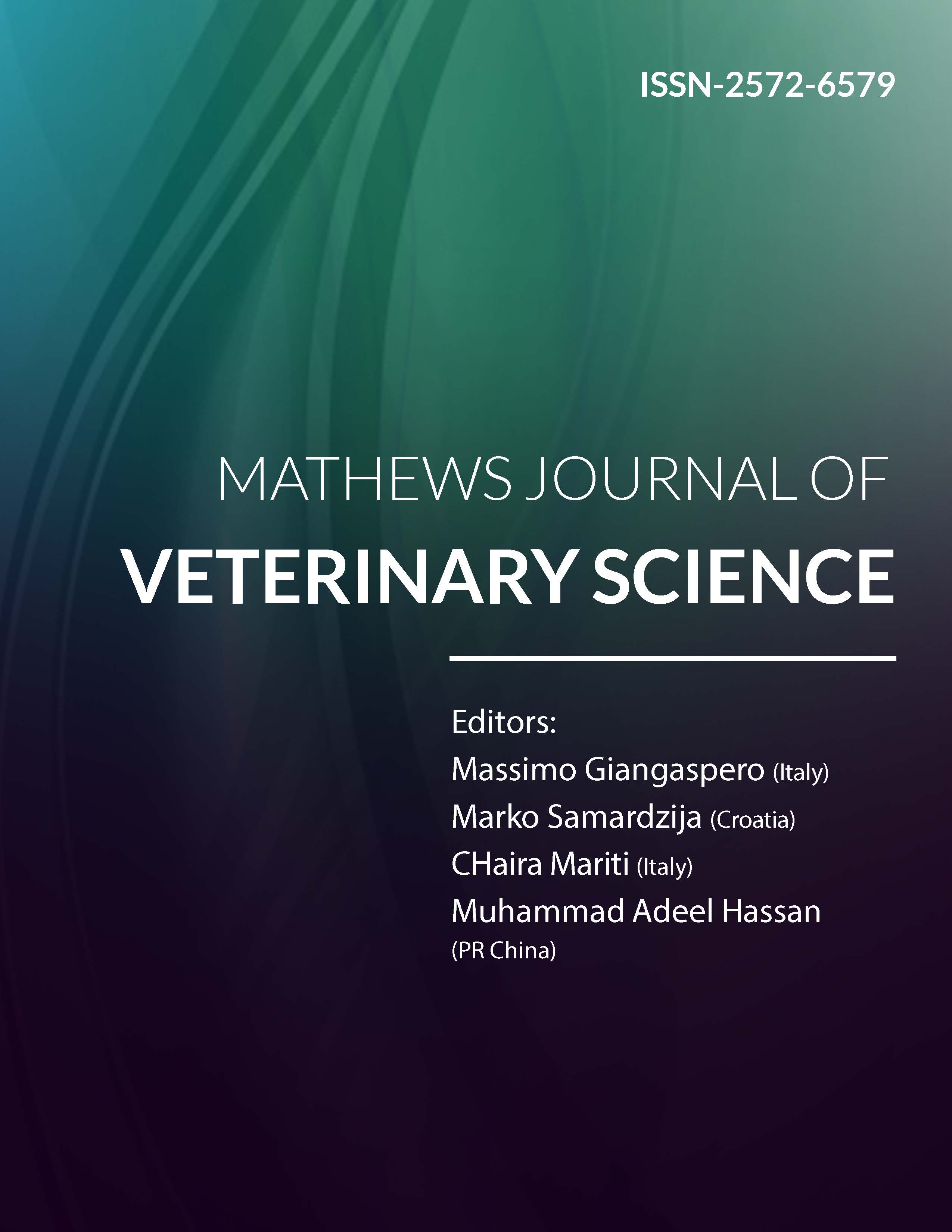
Information Links
Previous Issues Volume 7, Issue 1 - 2023
Welfare Problems of Equines in Sebeta Town and Suburbs, Central Ethiopia
Tewodros Arega1, Abdela Bulbula1,*, Haben Fesseha2, Ebisa Mezgebu1Tewodros Arega1, Abdela Bulbula1,*, Haben Fesseha2, Ebisa Mezgebu1
1Animal Health Institute (AHI), Sebeta, Oromia, Ethiopia
2Wolayta Soddo University, Ethiopia
*Corresponding Author: Abdela Bulbula Ogeto, Animal Health Institute (AHI), Sebeta, Oromia Ethiopia; Tel: +251910398915; Email: [email protected]
Received Date: December 19, 2022
Publication Date: January 12, 2023
Citation: Arega T, et al. (2023). Welfare Problems of Equines in Sebeta Town and Suburbs, Central Ethiopia. Mathews J Vet Sci. 7(1):16.
Copyright: Arega T, et al. © (2023)
ABSTRACT
Working equines are the most important animals for the transportation of people and their goods in both urban and rural areas of developing countries. However, a lack of knowledge about animal welfare and the poverty of carthorse owners have led to several animal welfare and health problems for carthorses. A cross-sectional study was conducted from September 2021 to May 2022 in and around Sebeta town to assess the welfare problems of equines through an observational and questionnaire survey. A total of 384 equines (82 donkeys and 302 horses) were selected using simple random sampling technique and assessed for their body condition and skin problems and a total of 120 owners were included for the interview. According to the information gathered from the respondents, 30% of them take their animal to veterinary clinic, while 13.3% treat with traditional medication and the majority 56.7% of the owners were not interested to deliver their equines to veterinary clinic for treatment. From all the 384 studied equines, 52.6% of them (63.4% in donkeys and 49.6% in horses) were observed with lesions on their skin. The distribution of lesions on the body of the animal showed 69%, 62.9%, 46.0%, 35.6%, and 23.8% at the lips, tail/tail base, limbs, at back and wither, and flank region respectively. High proportions, 57% of donkeys had back and wither lesions, whereas 68.6% of horses had lip lesions. As a consequence, these problems reduce the efficient use of equines. Therefore, further studies on awareness on basic animal welfare principles should be created to working equine owners and necessary measures should be considered on equine health and welfare constraints to alleviate the problem.
Keywords: Equine, Lesions, Observation, Questionnaire, Sebeta, Welfare